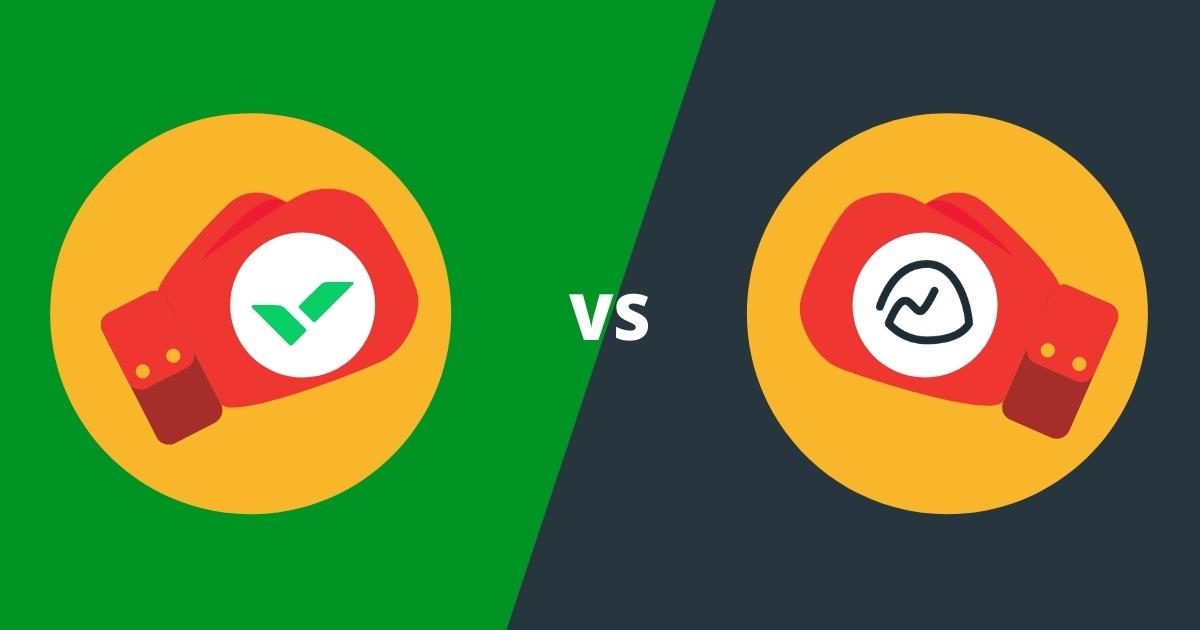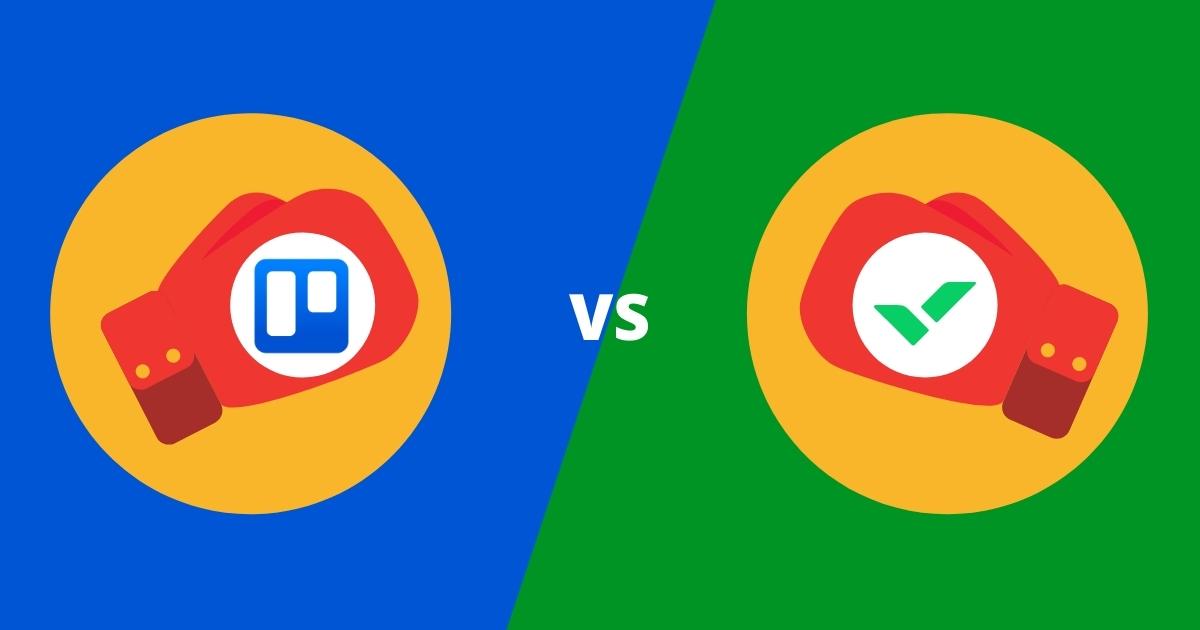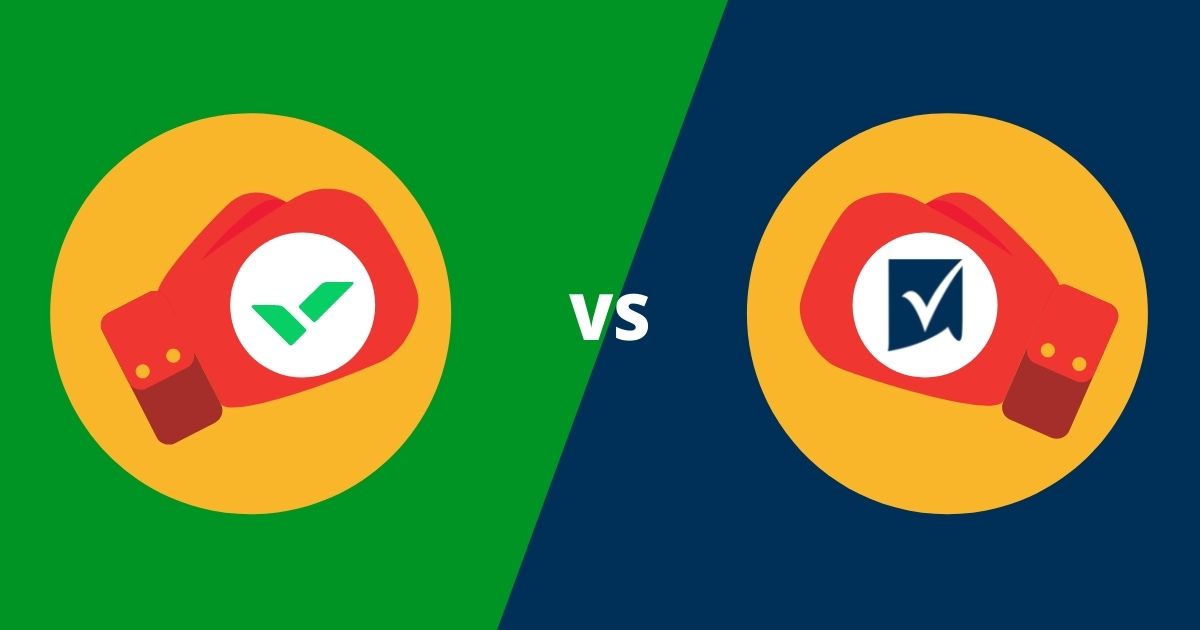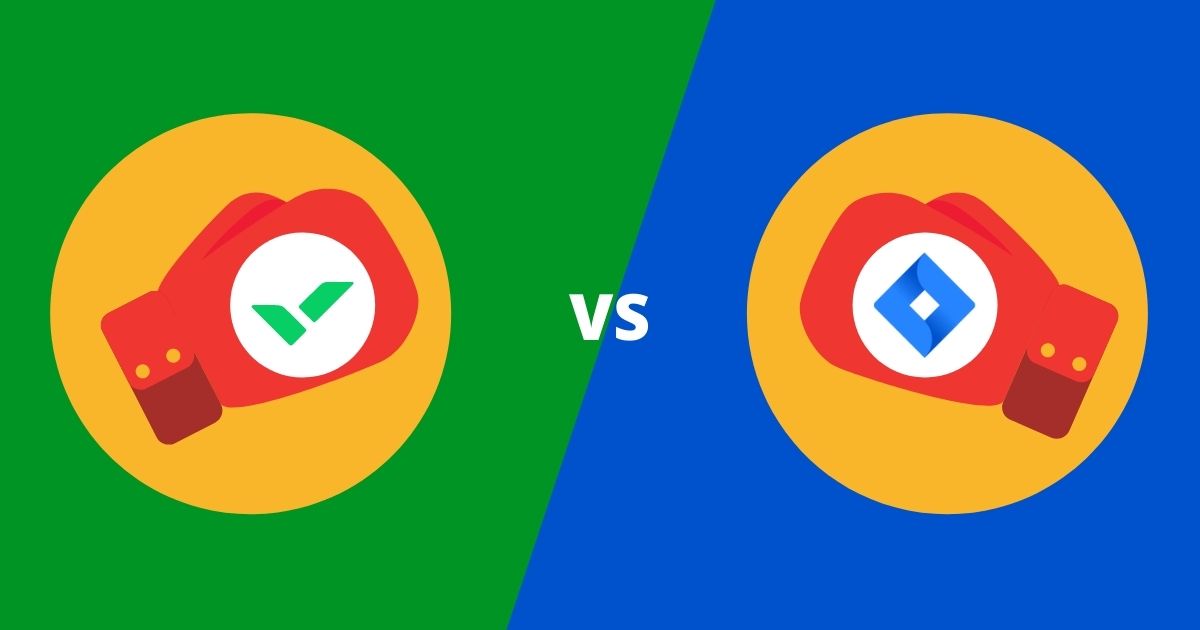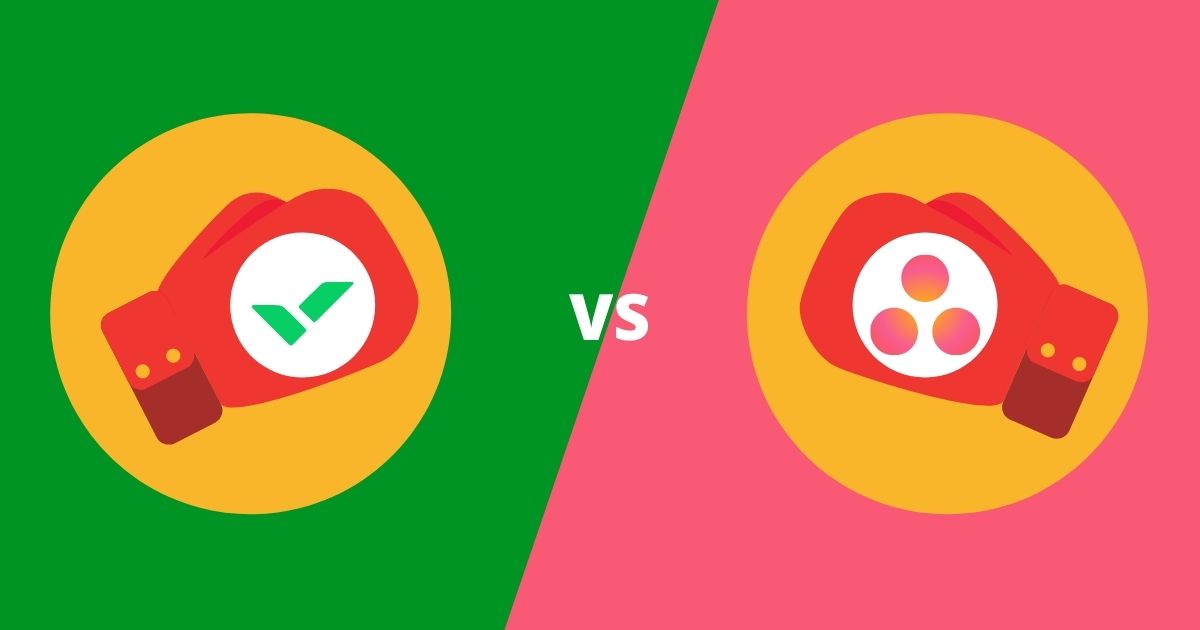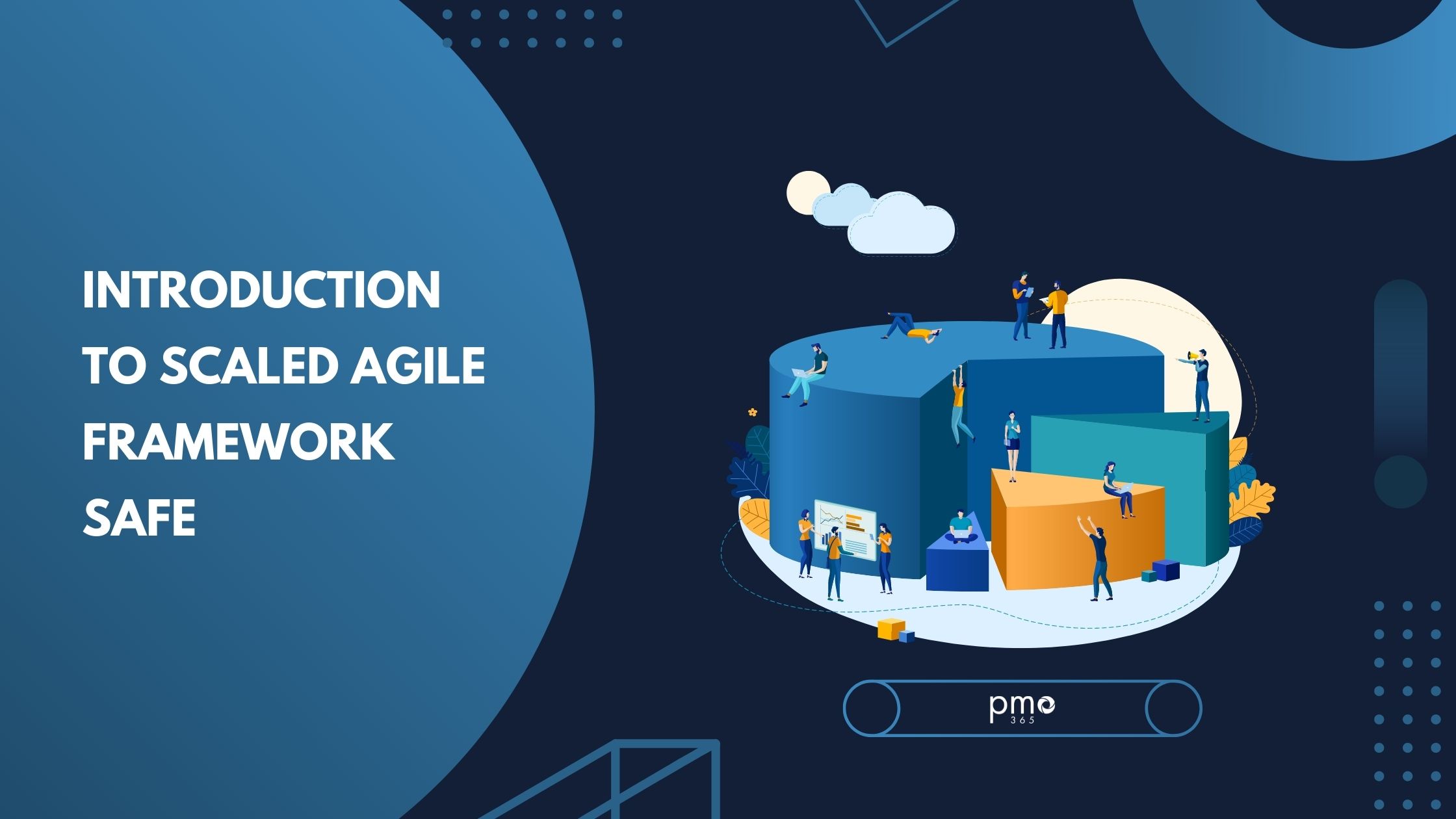If you’ve dabbled in the project management space, you would have heard of the debate between Waterfall vs Agile methodologies. Advocates of the Agile methodology love its flexibility, freedom, and adaptability. Those who prefer the Waterfall model side prefer the security, clarity, and dependability of strong robust structures. To help you decide which to use, we’ll guide you through the basics of these methodologies, and the benefits of each.
What are project management methodologies?
Before we learn about the difference of these methodologies, we need to know what a methodology is, and why there is a need for various methodologies.
A project management methodology is a framework built on guidelines and procedures which aim to optimise your project activities.
Just as projects are all unique and different, project management methodologies are just as unique and plentiful. Waterfall and Agile methodologies aren’t the only methodologies; there are others such as eXtreme Programming (XP) and Six Sigma. The aim of each methodology is to solve issues for specific industries, contexts, and projects.
As our economic, technological, and environmental landscapes continue to change, so will our processes and methodologies. So, although there are thousands of project management methodologies, we expect project managers will develop many more in coming years.
Agile is the recent buzzword to around project management methodologies. But, while the Agile methodology does have benefits, it’s not a good fit for everyone. Both the Waterfall and Agile methodologies have pros and cons, which will vary based on your organisation.
What is the Waterfall Model?
The Waterfall method is one of the oldest project methodologies, first outlined by Winston W. Royce in 1970. Royce created Waterfall in response to the complex nature of software development at the time. It grew out of traditional manufacturing and construction industry approaches. As a result, it follows a linear, sequential project design. In Waterfall, project progress is made in a continual downwards direction – similar to a waterfall.
Its sequential form means that Waterfall is resource-heavy in planning stages. This is because the Waterfall model requires project managers to plot out the entirety of the project from, with little space for changes. Waterfall emphasises the importance of completing phases before moving onto the next.
The Typical Waterfall Process
With the Waterfall methodology, projects often go through six phases.
- Requirements: This phase involves capturing the initial scope and business case for the proposed project. This involves gathering and documenting all the project’s future requirements.
- Design: During this phase, teams select the clear processes and methods based on the project requirements they have laid out. They plan the future gates and milestones that will bring the project to completion.
- Implementation: This phase is when the project itself is running. Team members will be continually updating on progressing and attempting to hit milestones to move through the planned out stages of the project.
- Testing: Once the project manager completes the product, it goes through testing to check for any potential issues. If there are serious issues, the project may return to phase one.
- Deployment: During this phase, the team will have fully completed the project, and will deploy the finished result.
- Maintenance: This stage occurs outside of the project’s specific scope and timeline. Occasionally, teams will update or maintain a completed project.
Waterfall Model benefits
Easy to use model
No matter if you’ve been using Waterfall methods all your life or it’s your first time, the linear and sequential model of Waterfall is straightforward, easy to understand, and easy to apply. Team members don’t need to learn a new language or new processes to complete tasks.
Straightforward planning and design
Due to its dependency on research, data, and clear requirements during the early stages, planning is a lot more straightforward with Waterfall. There are minimal moving parts to the project, as all resources and activities laid out clearly from start to finish. This makes cost estimations, scheduling team members, and managing resources is simplified.
Define structures, scope, and roles
Waterfall benefits from very clearly defined scope and roles. When project managers have clearly defined the project’s scope, the project is less likely to suffer from scope creep. This minimises the chance of projects going off-schedule and over-budget. Additionally, teams can understand the full breadth of the project when they clearly define roles. This allows them to optimise resources, and allocate the right people to the. When all team members know their roles and responsibilities, teams wast less time and resources scrambling to respond to changes.
Strong documentation
Some projects require highly detailed documentation throughout the entire process, often due to legal requirements. If you have projects with these requirements, the highly structured and clearly documented processes in Waterfall make monitoring and managing factors easier.
Capacity for geographically dispersed teams
All team members are clearly aware of their roles and responsibilities as a result of the defined roles and milestones. The result of this is teams who use Waterfall do not require extensive amounts of collaboration. When geographically dispersed teams use Waterfall, members don’t need to be in the same time zone or workflow to finish their allocated tasks. As long as everyone gets their tasks done, the project will be completed with ease.
Waterfall Model limitations
Overly rigid structure
Sometimes the best benefit of a methodology is it’s biggest limitation, especially if it doesn’t suit the specific context of a project. For projects that have moving variables or which need to adapt to fast-paced environments, the strong structures of Waterfall become arduous and inefficient.
Front-heavy project planning
In Waterfall projects, project managers complete the bulk of the project during the planning stage. This means the project manager sets out the research, contingency planning, and scope setting activities from the very beginning. Project managers using method can create very defined projects, but only if they set out the scope properly, and don’t need to add additional information throughout the project’s lifespan. This methodology lacks the flexibility to adapt to new information and you may have to start from scratch all over again.
Less client engagement
A Waterfall project doesn’t require much client engagement- often only in the very beginning or the end stages. In the Waterfall methodology, project managers often undertake testing during a later stage. This means teams will put in a lot of work and effort, but can end up presenting a completed project that completely misses the mark for the client.
Higher risk
From the mix of rigid structure, lack of flexibility, late-stage testing, and resource-heavy planning, Waterfall projects often end up having to start from scratch multiple times due to new variables. This can lead to increased costs or failure to meet the clients needs at its completion. These factors can contribute to higher chances of project risk of failure.
Waterfall Models is best suited for:
- Large projects that have defined deadlines, requirements and deliverables
- Projects that require in-depth documentation
- Projects that need flexible team members and resource sharing
What is Agile methodology?
The Agile methodology also formed out of the growing needs of software development. But, it’s main features are a response to the inadequacies of the Waterfall methodology in the more modern, fast-paced and competitive software industry. Agile is focused on adaptability and agility, something which prior project management methodologies don’t facilitate. As a result, it has shorter, focused project cycles, incremental growth, and team-centered processes.
Agile Values and Principles
Unlike Waterfall, Agile doesn’t have a clearly laid out structure or processes for project managers to follow. Rather, it is a guiding philosophy with core values and principles in the Agile Manifesto.
Agile Values
There are four core Agile values:
- Individuals and Interactions Over Process and Tools
The creators of the Agile Manifesto saw traditional Waterfall-style methods as bureaucratic, removing the creative human element to projects. Tools and processes cannot respond to changes, people do. By focusing on people more than the tools, teams can build a fluid, adaptable, and collaborative team that brings out the best of each person.
- Working Software Over Documentation
Creators framed this principle in its original software development context; essentially, this principle pushes teams to focus on the finished product, rather than documentation. This does not mean that you shouldn’t document anything. Agile creators have the aim of streamlining processes so teams only document what the project or client requires, and don’t caught up with unnecessary bureaucratic processes.
- Customer Collaboration Over Contract Negotiation
Sometimes, what the customer wants isn’t always what the customer actually needs. In Waterfall projects, customers need to lay out, define, and agree upon their desired outcome during the planning phase. However, this approach limits the agility of project managers. This can result in project managers being unable to take advantage of new opportunities, or avoid unaccounted-for risks. The Agile philosophy encourages project managers to actively collaborate with customers, and thereby ensure teams are hitting the right marks as the project progresses.
Responding to Change Over Following a Plan
Waterfall methodologies consider plans the backbone of all successful projects. Thus, project managers using Waterfall methodologies may view deviations from plans as a risk and cost to the overall project. With shorter project cycles, Agile projects can easily respond to change. Thus, they encourage the continual process of refining goals, scope, and deliverables through every iteration.
Agile Principles
There are twelve guiding Agile Principles:
- Project managers should prioritise customer satisfaction.
- Project managers should actively accommodate requirement changes throughout the project delivery process.
- Project managers should aim to deliver value more frequently.
- Project managers should encourage collaboration between business stakeholders and team members throughout the project.
- Project managers provide support, motivation, and build trust within teams.
- Project managers consider face-to-face conversations central for efficient and effective communication.
- Delivering functional value for the client is the primary measure of progress according to project managers.
- Project managers promote sustainable development through Agile processes.
- Project managers continually focus on technical and design excellence to enhance agility.
- Project managers recognise that simplicity is key.
- Project managers believe that self-organising teams make for the best frameworks, requirements, and designs.
- Project managers encourage regular reflections to help teams become more effective.
Though there is no specific Agile process, there are many methodologies that have branched off and build specific processes based on these values and principles with popular one being Scrum, Lean, and Kanban.
Agile methodology benefits
Flexibility and adaptability
The inherent focus of Agile is to effectively respond to change, an inevitable factor in projects. As a result, Agile methodologies are much more flexible and adaptable than traditional Waterfall methods. This quality gives teams the freedom to experiment, and produce out-of-the-box ideas that can be a game-changer.
Predictable schedules and outcomes
Through shorter and more focused cycles, Agile projects have more predictable schedules and outcomes. Project cycles, sometimes referred to as sprints, usually run for a period less than 30 days. Rather than project managers running the risk of not having a complete product, and therefore any value, the iterative focus of Agile makes sure that there is always value delivered.
Higher chance of client satisfaction
Short project cycles mean increased opportunities for client input through the iteration of the project. Agile emphasises the importance of asking for client feedback throughout the entire project lifecycle. This ensures you are meeting the clients needs and demands. There’s no use presenting a completed product that doesn’t solve the problem the client wants solved.
Empowering teams and teamwork
A core principle of Agile is teams are self-organised. As a result, projects focus more on working with your team’s strengths rather than simply following a structure for structure’s sake. When teams have autonomy and responsibility over their projects, they are more likely to be more invested and dedicated to the success of the project.
Lower risk
By focusing on team strengths, implementing client feedback regularly, and adapting to change, Agile projects are able to quickly address issues, grow, and refocus. This leads to lower chances for project failure.
Agile methodology limitations
Less predictability in the long-term
Though Agile projects are more predictable in the short-term, the lack of defined scope or end goal can lead to continuous scope changes. Projects can end up becoming more costly and time-consuming than the project managers initially planned.
Can be more costly in the long-term
Due to the constant changes and growth that can occur, future iterations of Agile projects can become more complicated and costly. This can be particularly worrying for large organisations running multiple Agile-style projects, as they can end up blowing entire portfolios over budget and out of focus.
High dependency on team members
Methodologies and processes that branch off from Agile philosophies often have a unique set of language, processes, and structures. These take time to understand and implement. Sometimes these practices need to tackle years and even decades of ingrained habits, and not everyone is ready to adapt to change. Agile teams work best with well-experienced and highly skilled team members who self-organise, and are and highly collaborative.
Challenge for geographically dispersed teams
Because Agile methodologies are based around collaboration and client feedback, they’re not ideal for geographically dispersed teams and client bases. Though softwares and workflows have greatly improved, we can still encounter limitations to them which can cause challenges when working remotely.
Agile methodology is best suited for:
- Projects that have a high level of complexity and uncertainty that requires flexibility.
- Projects that do not have fixed product deliverables, costs and scope, typically those that are long-term.
Waterfall vs Agile Methodologies- Which is best for you?
Though this guide clarifies what Waterfall and Agile Methodologies are, how do you choose which is the best fit for you? Many project managers have built unique methodologies which incorporate aspects from both Waterfall and Agile methodologies to suit their specific needs. So you’re not stuck if your projects need aspects of both Waterfall and Agile methodologies.
Here’s the 5 steps you should take before deciding on your project management methodology:
- Evaluate the project’s needs
- Understand your organisation’s context and structures
- Determine your current team’s values, practices and capabilities
- Identify your stakeholder needs and expectations
- Assess your tools
To read more about these steps in detail, make sure to read our guide on the top project management methodologies and how to pick the right one for you.
How to find the right PPM tool for Waterfall and Agile Methodologies
No matter which methodology suits you better, a PPM software is critical to assist you complete your projects well. Nearly every project manager uses some form of PPM tool or software to manage their projects. Though PPM tools are methodology agnostic, most PPM tools are geared towards certain methodologies due to their available features and capabilities.
We’ll go into detail of the specific PPM tool features you need to look for based on the methodology you choose.
PPM Tool features for Waterfall projects
The Waterfall method is all about structure. There’s layers of planning, documentation, and reporting that allows for projects to effectively progress through their phases. To handle all this activity, there are certain software features project managers need to look out for. We’ve listed down the top three most important features needed to run Waterfall projects efficiently.
Gates and Milestones
Project managers break up waterfall projects into phases, often with clear gates and milestones that mark the progress of the project throughout the project’s timeline. Thus, if you use a Waterfall methodology, your PPM software should visualise project timeline, gates, and necessary milestones.
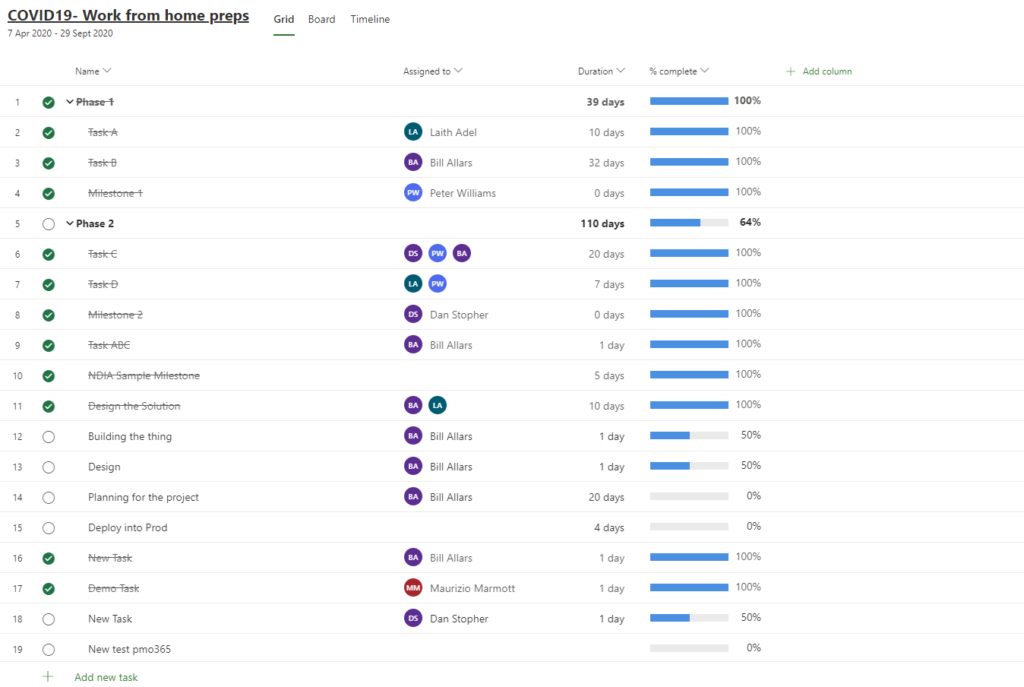

With pmo365, our intuitive software not only simplifies but automates your project gate tracking activities. Project managers no longer have to list out, input, and track down the requirements of each phase manually anymore. Your gate review process is simply a few clicks. Read more about how we do this here.
Project scheduling tool adapted to WBS approach
Waterfall projects often use a work breakdown structure (WBS) as the foundational blueprint from which project managers plan the project. This approach not only defines role, tasks, and resource requirements, but also lays out all project dependencies that can impact the project timeline. An effective PPM software for Waterfall projects needs to adapt to the WBS approach to allow for easy planning, visualisation, and communication of the project timeline and activities.
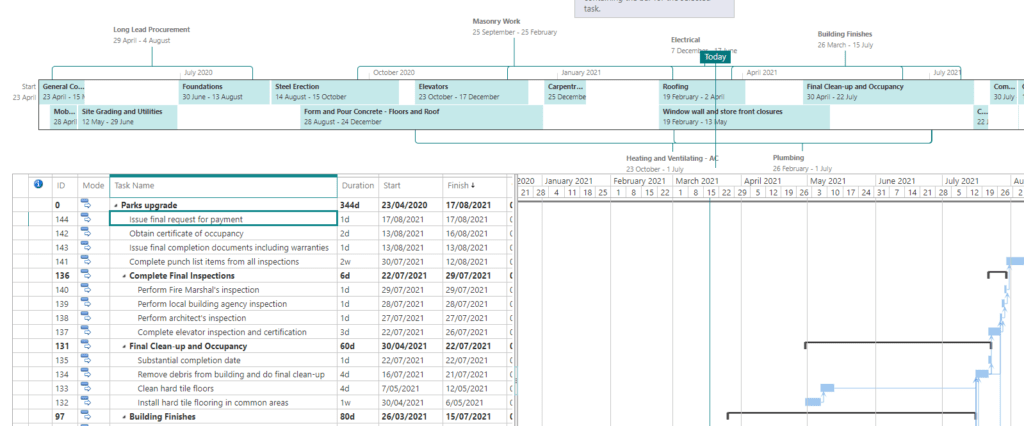
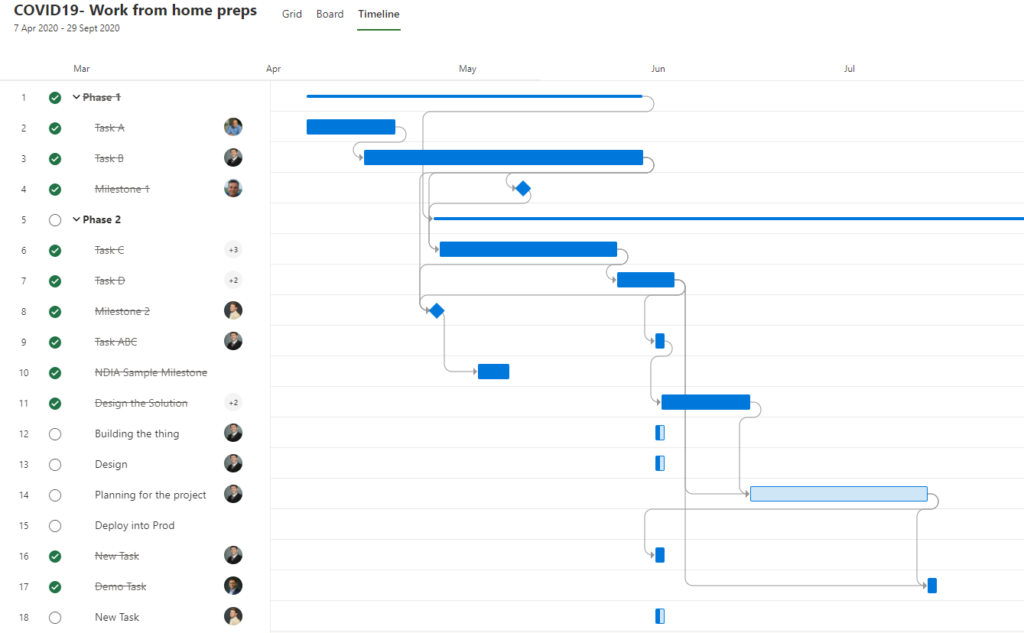
pmo365’s handy schedule management tools helps you identify, track, and organise your task dependencies by linking them directly with your WBS. We also streamline your reporting and communication activities. Read more about how we can upgrade your schedule management activities here.
Resource management tools
Unlike Agile’s projects where team members are allocated to a single project, the highly planned nature of Waterfall projects allow resources to be shared across multiple teams. This is because project managers have clearly outlined work loads and responsibilities. However, if you have many different projects and don’t have an effective PPM system, properly managing resources is an overwhelming task.
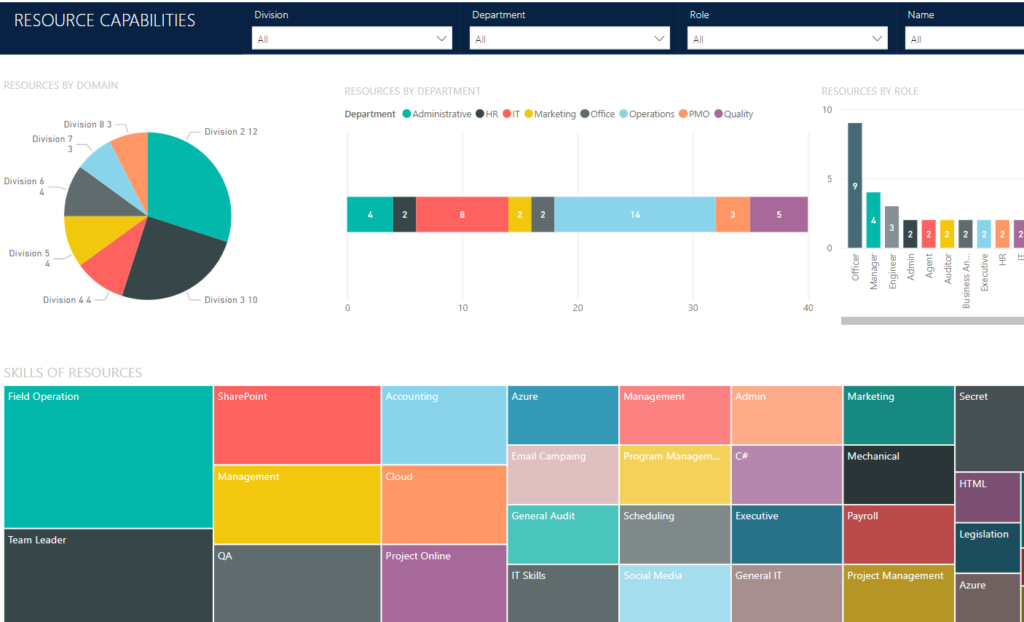
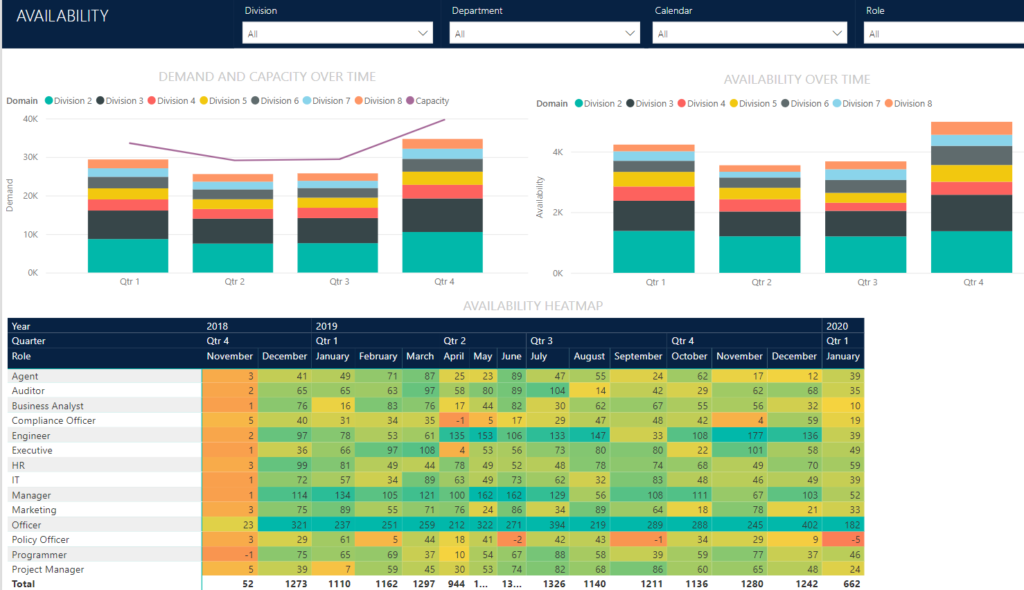
pmo365’s resource management tool gives you complete visibility over all your resources within your portfolios so you can easily plan and allocate resources as efficiently as possible. Our software fully integrates with all your project activities, such as cost management and schedule management, so you can plan effectively in real time.
PPM Tool features for Agile projects
The Agile method is all about speed, focus and collaboration. To accommodate for this work style, PPM software for Agile projects should facilitiate these values, so teams aren’t held back because of inefficient software. So here are the top three features to watch out for.
Collaboration capacity
Being all about teamwork and self-organisation, an effective PPM software for Agile projects needs to ease barriers to collaboration. An in-built messaging platform just doesn’t cut it. A fully collaborative platform should efficiently bring team members and data from multiple sources into a single space. The allows for team members to be alerted of updates, and have clear visibility of activities happening across the project as a whole.
For pmo365, collaboration is our forte. Our fully integrative platform acts as your team’s single source of truth. So, you never have to leave the platform to plan your activities. By integrating all your activities from schedule management, risk management, daily communication, and everything in between, your teams will have all the data at their hands to work agile.
Real-time
Agile projects can’t wait for a 24 hour update on their progress to choose their next move. If projects are ready to adapt and move fast, teams need to be running in real-time. That’s why having a cloud-based PPM software is critical for Agile projects to keep ahead of the game.
pmo365 builds on Microsoft’s 365 cloud, so there’s every guarantee your team will have complete visibility and control over their projects, so no opportunities or risks go amiss.
Issue Tracking
Agile is all about adapting to change, both good and bad. The sad reality is that negative risks often crop up during a project and they carry the ability to make or break a project. Being able to effectively identify, prioritise and mitigate risks as they arise is a critical factor to the success of Agile projects.
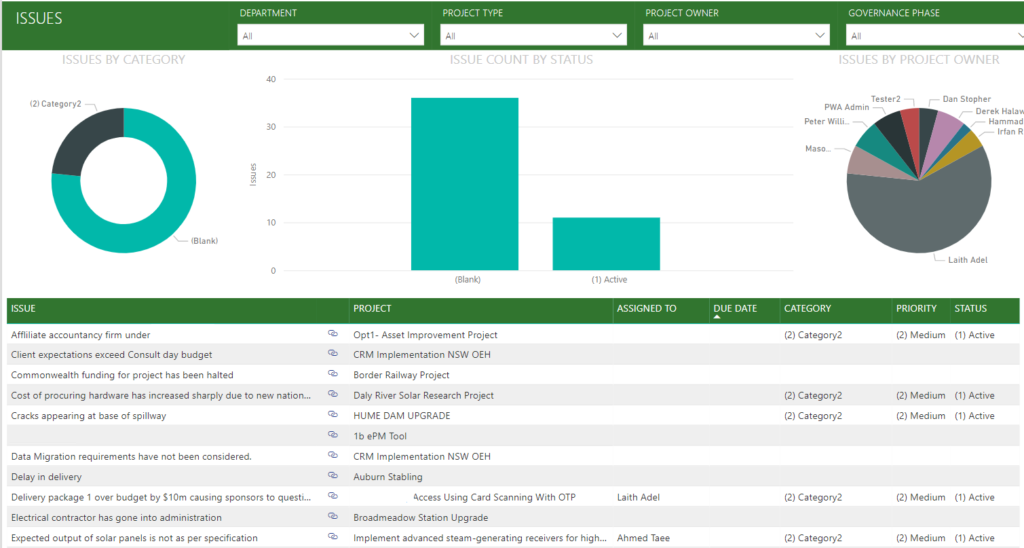
pmo365’s software uses RAID logs to help you log, document and track risks, assumptions, issues, and dependencies in your projects in real-time so you can quickly address them as quickly as possible.
Though these may be the top three features to look out for in your PPM softwares, they aren’t the only features. There are hundreds of PPM softwares with features and complex tools that could be a game-changer for your organisation. But how do you pick the right one for you? We’ve made a quick guide that with help you find the best PPM software for you!
Waterfall vs Agile Methodologies- regardless pmo365 is the best PPM service for you
No matter if you’re team Agile or team Waterfall, we’ve got your back! Our PPM service is made to cater to your specific needs and requirements. From our intuitive software, all-round support services, our simplified pricing packages and our extensive PPM experience, we’re confident we can bring your organisation’s project management activities to the next level. If you know just how we can revolutionise your project management activities, make sure to book a free trial and speak directly with our PPM experts.



